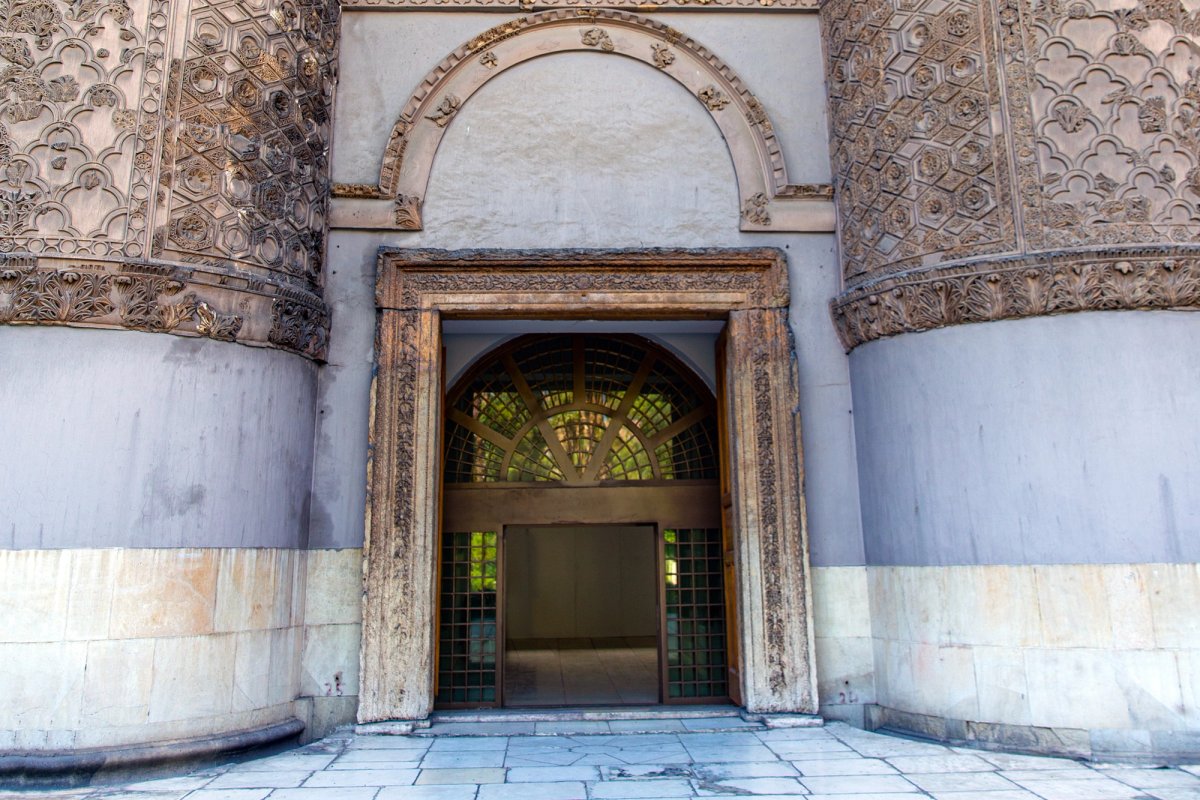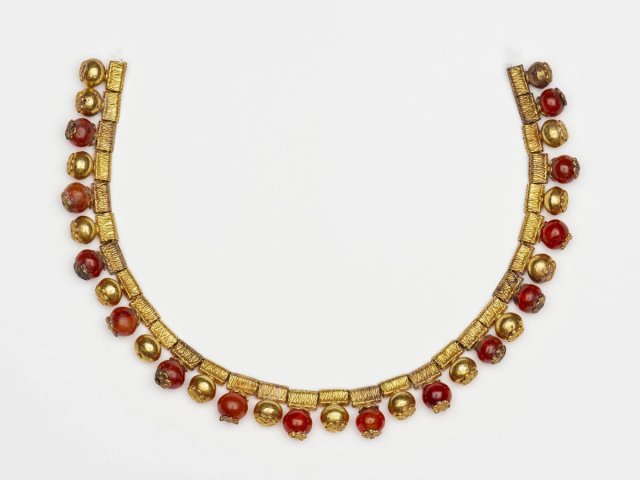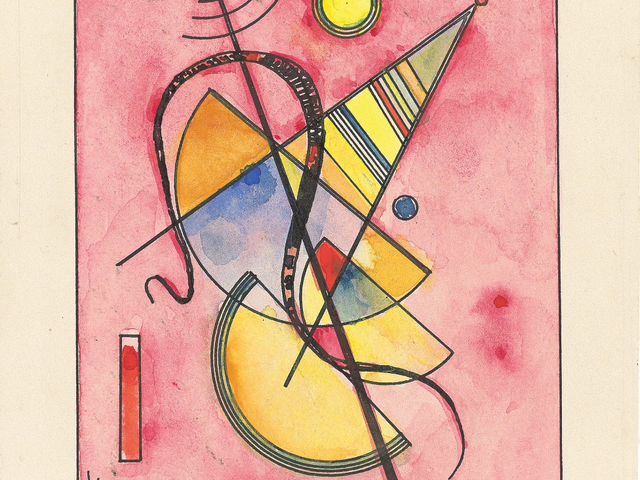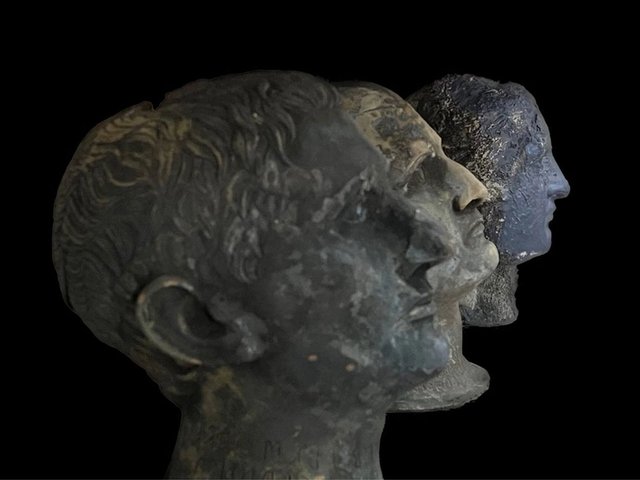Following several days of silence, Syria’s ministry of culture yesterday seemed to publish details of artefacts stolen from the Damascus National Museum earlier this week, only to delete the information within hours. This brief statement and its sudden removal have only intensified questions surrounding what was stolen and why the museum was targeted.
On Tuesday, reports claiming that six Roman statues had been stolen began to emerge. Later the same day, both the Directorate General of Antiquities and Museums (DGAM) and Syria’s ministry of culture, which oversees it, issued statements confirming that items had been stolen and that an investigation was under way, but offered few details.
On Wednesday evening at around 8.30pm Damascus time, the news outlet Syria Now published images on Facebook showing six statues it claimed were the stolen items. Half an hour later, the ministry of culture posted a notice featuring the same nude marble statues, depicting the goddess Venus, along with their dimensions and catalogue numbers, appealing for public information. However, within hours, the ministry’s post was deleted.
The Art Newspaper was unable to reach officials at the museum, DGAM, or the ministry of culture. Sources close to the institutions claim that staff have been interviewed by security forces and told not to speak to anyone about the theft.
Serious security concerns
A spokesperson for the United Nations body Unesco says security has been a concern at the museum.
“During an assessment of the museum conducted this summer, Unesco did note serious deficiencies in safety provisions,” the spokesperson says. “As a response, [Unesco] is currently supporting the Damascus Museum in purchasing surveillance, doors locking and fire alarm systems to implement essential security upgrades aiming to enhance the protection of one storage room only, due to limited resources.”
A symbolic theft?
The theft has also raised questions about the motives behind the targeting of the six statues that were reportedly stolen.
“The selection of these well-documented and famous statues, which cannot be sold on the black market, suggests that the theft represents a message rather than a crime motivated purely by financial gain,” says Adnan Almohamad, an honourary research fellow at the department of history, classics and archaeology at Birkbeck College, University of London.
Almohamad, who lives outside of Syria but previously worked for DGAM and has close ties with officials on the ground, says the operation likely involved individuals with extensive knowledge of the museum and its security weaknesses. He identifies two possible motives for the heist: a symbolic attack by extremists opposed to the display of such nude sculptures, or internal involvement. However, he remains optimistic that despite the ministry's “cautious” approach to sharing information, the items will be recovered.
Others are less forgiving. Cheikhomas Ali, a researcher in ancient near eastern antiquities and the president of the French-based Association for the Protection of Syrian Archaeology (APSA), says officials have not been transparent. He tells The Art Newspaper: “It is shameful that we are learning through the media about the number of stolen archaeological artefacts and their details, while the ministry of culture and the directorate of antiquities remain silent.”





